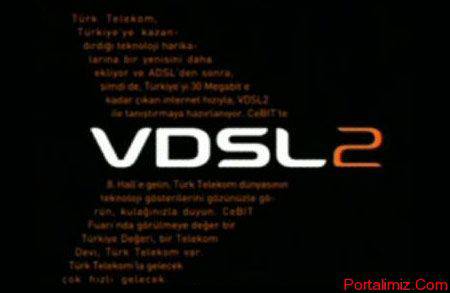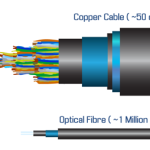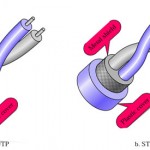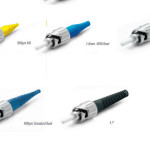VDSL2 & Co: ever more promising technological developments
VDSL2 has begun to be implemented, and several telcos have based their ultra-fast broadband strategies squarely on copper infrastructure right up to the customer premises. If VDSL can deliver theoretical speeds of around 50 Mbps near the exchange or cabinet, Vectoring, which consists of reducing noise among the lines, makes it possible to double that speed to 100 Mbps. Bonding, meanwhile, consists of using several copper pairs, either to double speeds for users in the vicinity of the exchange, or double the distance at which a 50 Mbps connection is available. In both cases, however, performances are very quickly affected by the subscriber’s distance from the exchange or cabinet.

G.Fast, which is the future standard currently under examination, and due to be approved in 2014, offers even stronger noise cancellation capabilities, even with a maximum theoretical speed of 1 Gbps.
Still only small-scale implementation of VDSL2 and its successors
In mid-2013, customers subscribing to a VDSL2 ultra-fast broadband service represented 19% of the world’s FTTH/B subscribers. The vast majority of deployments have been performed by AT&T in the United States, which is reporting 26 million VDSL2-ready households and more than 9 million subscribers. AT&T continues to bank on these solutions, and is now offering pair bonding to eligible customers.
Western Europe is the second biggest VDSL market, accounting for 35% of the world’s subscribers as of mid-2013.
Will this drive a shift in the ultra-fast broadband market?
VDSL2 and its successors have a clear set of advantages, starting with savings on rollouts. Telcos would not need to deploy optical fibre from end to end, and can use the existing last mile of their networks. They would also save on customer premises installations, which cost them a great deal of time and money.
The performances offered by these new solutions appear to be coming more and more in line with those delivered by FTTH (at least in its current iteration), but only under optimal conditions. So this is not a solution that can be made available to everyone. Plus, VDSL Vectoring does not enable physical sub-loop unbundling, in which case bitstream remains the only option for sharing access to the network – something that not all market players want, as is the case in France, for instance.
As a result, even if the development prospects for the VDSL market remain optimistic for the coming years, we do not expect it to cause a major upheaval in the ultra-fast broadband hierarchy, with FTTH/B continuing to be the architecture of choice.
Source: IDATE, market report «VDSL2 – G.Fast – FTTdp», December 2013








